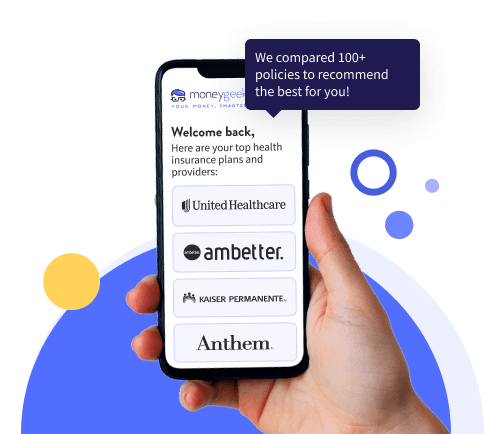MoneyGeek's analysis found that health insurance costs $687 monthly for an adult buying a marketplace plan. That number shifts dramatically based on who you're covering. Children cost $425 monthly, while seniors pay $1,448.
Your plan choice makes a big difference too. HMO plans run $674 monthly compared to $789 for PPOs with broader networks. Thanks to ACA protections, most health conditions won't increase your premiums.







